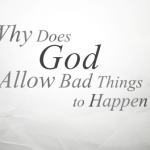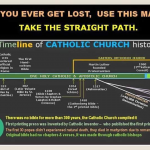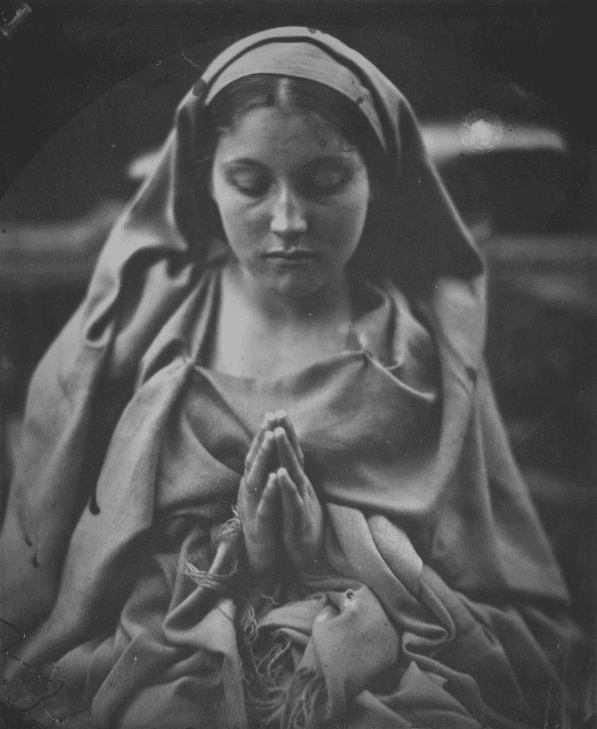
THE GREAT SCHISM (1378-1418)
Nature of the Great Schism. – After the seventy years of the Babylonian Captivity, the Church had to weather still another storm. The Great Schism of the West, as this dispute has been called, lasted for forty years, from 1378 to 1418, and embraced the Pontificates of four true Popes: Urban VI, Boniface IX, Innocent VII and Gregory XII. During this period there were anti-Popes at Avignon: Clement VII and Benedict XIII; and anti-Popes at Pisa: Alexander V and John XXIII. At times, as many as three candidates simultaneously claimed the throne of St. Peter, each denying the authority of the others. The result was that no individual was recognized as Pope by all of Western Europe. Rulers and people were honestly confused as to whom allegiance was rightly due. Even saints were divided in their allegiance. Thus, St. Vincent Ferrer supported the anti-Pope in France, while St. Catherine of Siena and St. Bridget swore obedience to Urban in Rome. The Christian world was sorely distracted by this unhappy state of affairs, but the Divine Protector was always present, as He had promised the Apostles.
Origin of the Great Schism. – Immediately after the death of Gregory XI in 1378, the Cardinals in conclave at Rome elected Urban VI, an Italian. The absent Cardinals at Avignon gave their consent in writing to Urban’s election, attended his coronation and rendered homage to him. However, Urban showed poor diplomacy when, soon after the election, he strongly reproached the French Cardinals for their worldly lives. Three months later these Cardinals left Rome, using the oppressively hot weather as a pretext. They soon met together and elected an anti-Pope, who assumed the title of Clement VII. The French Cardinals justified their action by the claim that the election of Urban VI had not been free. This claim was false, for historical facts show irrefutably that the election was free. Nonetheless, all the nations of Western Europe soon took sides on the issue and Christendom was actually divided into two camps.
The anti-Pope whom St. Vincent supported was Pedro de Luna, who assumed the title of Benedict XIII. Vincent, however, finally recognized the anti-Pope for what he was, and denounced him forthrightly before a vast audience. This sermon cost de Luna his last adherents.
Many solutions of the problem were suggested, but chaotic conditions prevailed, especially in Italy and France. Meanwhile, Urban VI created a new College of twenty-nine Cardinals at Rome. Finally, a Council was called at Pisa in 1409. This Council was not summoned or approved by the Pope and cannot therefore be considered one of the Ecumenical Councils. The Council of Pisa was schismatic and only complicated matters by electing a third claimant to the Papal throne, who took the title of Alexander V. (He was soon succeeded by John XXIII.) As a result, there were now three contending factions: at Rome, at Avignon and at Pisa.
Council of Constance (1414-1418). – Pope Gregory XII, successor to Urban VI, was the prime mover in inducing Emperor

Sigismund to convoke a council at Constance (Germany), with the object of putting an end to the Great Schism. Gregory sent Cardinal John Dominic, O.P. to Sigismund, secretly asking him to call a council. The result was the Council of Constance (The Sixteenth Ecumenical Council), which lasted from November, 1414 to April, 1418. It soon became clear that the cause of John XXIII of the Pisa faction was hopeless, and he was forced to renounce his claim. Pope Gregory XII then canonically convoked the Council through the agency of Blessed John Dominic, the Papal Legate, who dramatically appeared at the fourteenth session and announced Gregory’s resignation of his right to the Papacy in the interest of reestablishing unity. Benedict XIII (Pedro de Luna), the claimant of the Avignon faction, remained firm in his refusal to renounce his claim. He was finally deposed by the Council in July, 1417.
After the Papacy had been vacant for two years, the election of a new Pope was arranged. In order to give greater authority to the selection of the Council, it was decided that six delegates from each nation (Italy, France, Germany, England and Spain) should be associated with the Cardinals from these nations, and that a two-thirds vote of each of the five national groups should be required to elect the Pope. In addition, the successful candidate was required to receive a two-thirds vote of the twenty-three Cardinals. It was felt that a Pope elected by such an overwhelming and representative majority would command the undivided allegiance of the Catholic world. After three days, on November 11, 1417, the Council elected a new Pope, Martin V. On April 22, 1418, Martin dissolved the Sixteenth Ecumenical Council. The Great Schism of the West ended with Martin’s election.
HERESIES OF THE FOURTEENTH CENTURY
Wycliffe – John Wycliffe (1324-1384) was an English scholar and Priest. As a professor at Oxford University, he sided with King Edward III in opposing the authority of the Papacy. Later, in his sermons he advocated that the Church surrender its property to the government in order that clergymen might be free to perform their religious duties. Wycliffe believed that everybody should study the Bible for himself. To make this possible for the common people, who understood no Latin, he translated the Bible into English. He also taught that no ecclesiastical or secular officer possessed any rightful authority unless he was himself free from sin. This heresy served to undermine all authority, temporal as well as spiritual. Wycliffe was condemned by the Council of London in 1382, and deprived of his Oxford professorship. His followers (known as Lollards) were persecuted and suppressed by the English government. However, Wycliffe’s ideas crept into Bohemia, which was closely associated with England in those days.
Hus. – John Hus (1373-1415), a Bohemian clergyman and professor at the University of Prague, was affected by Wycliffe’s teachings and began to preach similar heretical doctrines. Hus translated the Trialogus of Wycliffe into Czech and circulated the heresy, even after ecclesiastical authority had condemned it. In 1411, he was excommunicated, but continued his propagation of error and incited his countrymen to revolt. He was ordered to recant by the Council of Constance and, when he refused, was burned at the stake, July 6, 1415. The Hussies successfully resisted the military forces sent against them by the Emperor Sigismund for more than ten years. However, in 1431, the more conservative Hussites made peace with the Church and the radicals were sternly suppressed.
The Council of Basle-Florence (1431-1439). – The Council of Basle-Florence, the Seventeenth Ecumenical Council, was sanctioned by Pope Eugenius IV, the successor of Martin V. and met in Basle in July, 1431. The business of the Council dealt with the reconciliation of the Hussite heretics, the reunion of the Greek and Roman Churches, and the enactment of Church reforms.
The Council was a stormy one, opening with a struggle between the Bishops and the Pope over the question of conciliar supremacy (Page 144). Then followed a dispute over union with the Greek Church. Eugenius finally ordered the Council dissolved and summoned of the fathers to Ferrara, where he opened a new synod. The outbreak of a pestilence later compelled him to transfer the synod to Florence.
In Florence, Eugenius succeeded in effecting a temporary union between the Roman and the Greek Churches (July 6, 1439). But the Council at Basle, although abandoned by most of its members, remained in existence and maintained that it was the only canonical Ecumenical Council. It proceeded to depose Eugenius (July 25, 1439) despite the opposition of most of the European powers, and elected an anti-Pope, who took the name Felix V. The schism which thus resulted lasted for ten years, although almost all of Europe remained loyal to Eugenius. Finally, in 1449, the anti-Pope abdicated, and the fathers of the Basle returned their support to Nicholas V, the rightful Pope, who had ascended the throne upon the death of Eugenius in 1447. The theory of the supremacy of the Council had been defeated, and the Papacy emerged triumphant. Thus ended the last Church schism.
From the book: Visualized Church History by Sister Mary Loyola, O.P. Ph. D.
Posted by: Admin Coco, Gwapologist
#SolutaEstVeritas







